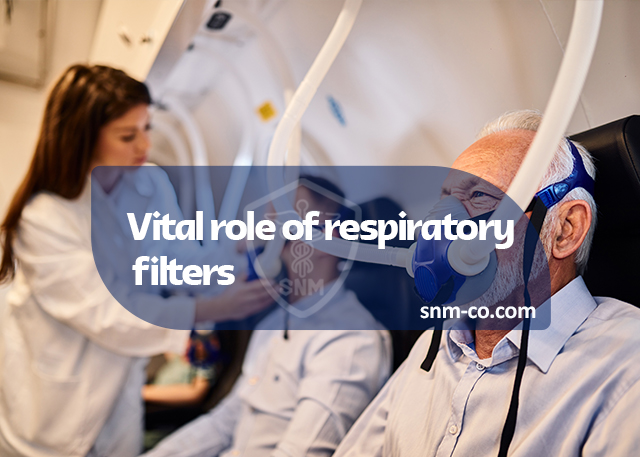The vital role of the respiratory filter
Heat and moisture exchanger (HME) respiratory filters play a very vital role in respiratory equipment. When a person’s natural breathing is compromised, these filters are especially important in the process of exchanging respiratory gases and preventing environmental risks for the lungs.
Performance of HME filters in respiration
When a person’s natural breathing is compromised and support equipment is needed, HME filters take over the task of warming and humidifying the air entering the lungs. This action prevents the dryness of the respiratory tract, the accumulation of bacteria and the effect of infection, as well as maintaining the proper temperature of the respiratory environment.
Advantages and applications of respiratory filters
Heat and humidity exchanger (HME) filters are a vital tool in the respiratory care of individuals who require supportive equipment. These filters help to improve breathing quality and maintain respiratory health by providing multiple benefits and applications.
Moisture retention
The increase in air humidity by HME filters reduces the dryness of the airways, which prevents damage caused by dryness.
Temperature control
Creating a warm and suitable environment for breathing, especially in situations where natural breathing is not possible, is of particular importance, and these filters provide this environment.
Prevention of airway obstruction
Using an HME filter as a heat and moisture exchanger helps to prevent the possible blockage of the breathing tube, and this helps to improve the person’s breathing.
Reducing risks and complications
Tricks such as maintaining humidity and temperature by these filters significantly reduce the risks of dry respiratory tracts, the accumulation of bacteria and infections.
Summary
Heat and humidity respiratory filters (HME) play a very effective role in taking care of the breathing of people who need support equipment. These filters help improve the quality of breathing and prevent problems related to the respiratory tract by maintaining humidity, controlling temperature, preventing respiratory tube blockage, and reducing risks and complications.


